The Seven Fabric Workloads (Part 2)
Introduction to Microsoft Fabric

Alex Kuntz
Technical Instructional Designer
The Seven Fabric Experiences

- Data Factory, Data Engineering, and Data Warehouse focused on ingesting data
- The remaining workloads focus more on data analysis and reporting
Data Science
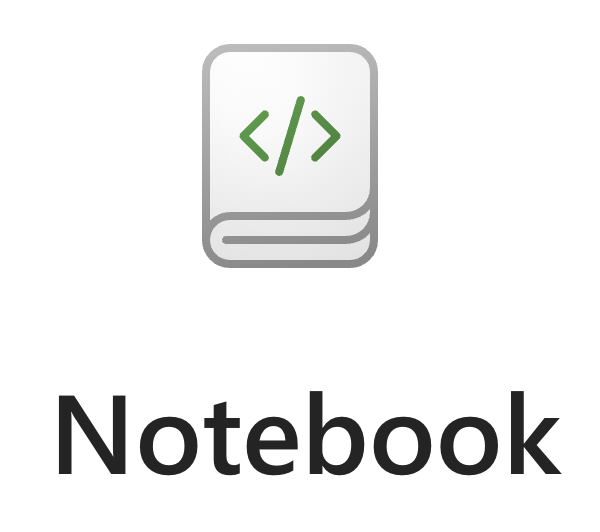
- Write Spark code for data exploration, manipulation
- Supports a variety of languages like Python (PySpark), Scala, SparkSQL, and SparkR
Data Science
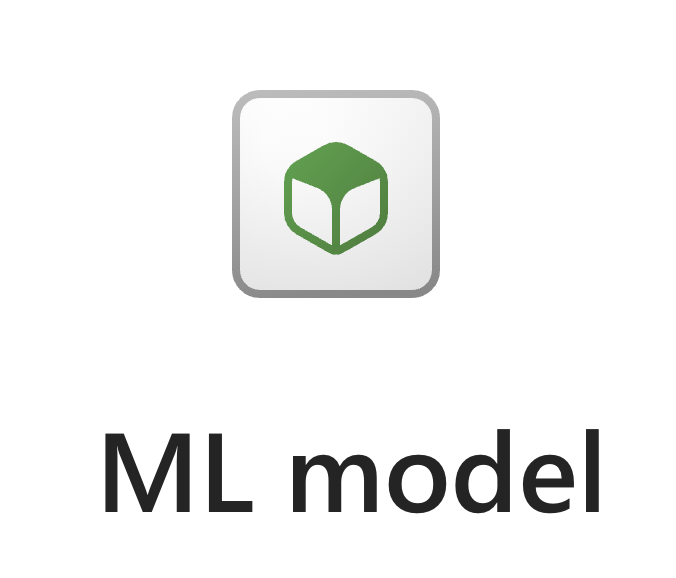
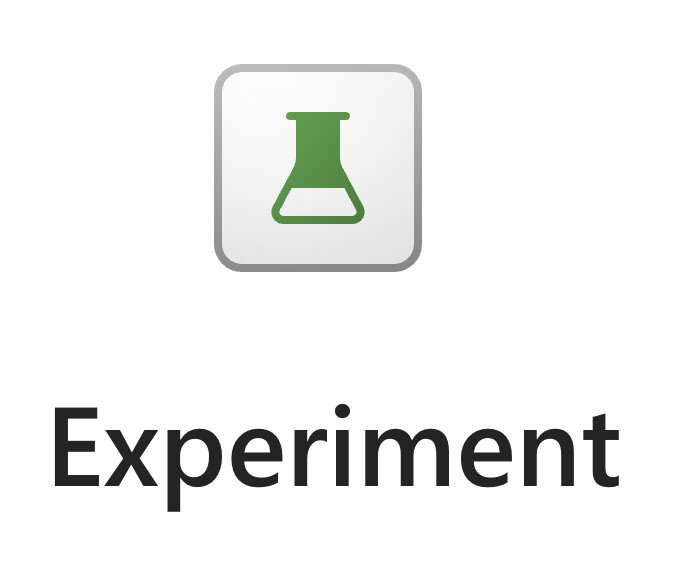
- Used to create ML models and evaluate their strengths
- Prepares insights from models for a tool like Power BI
Data Science
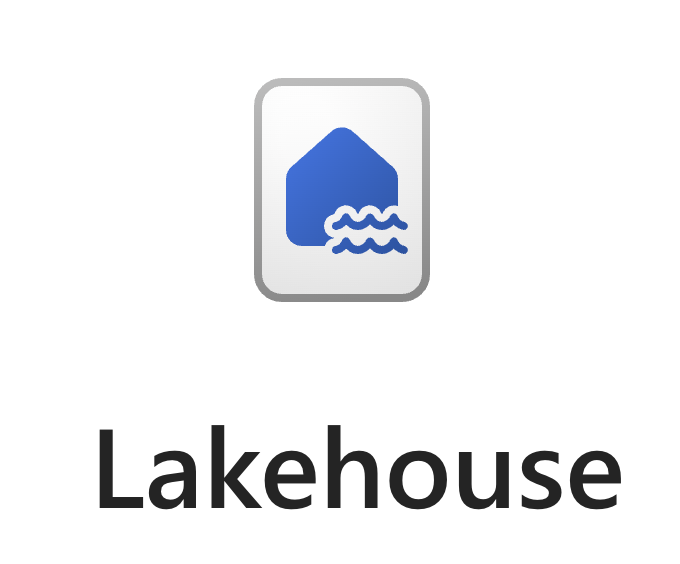
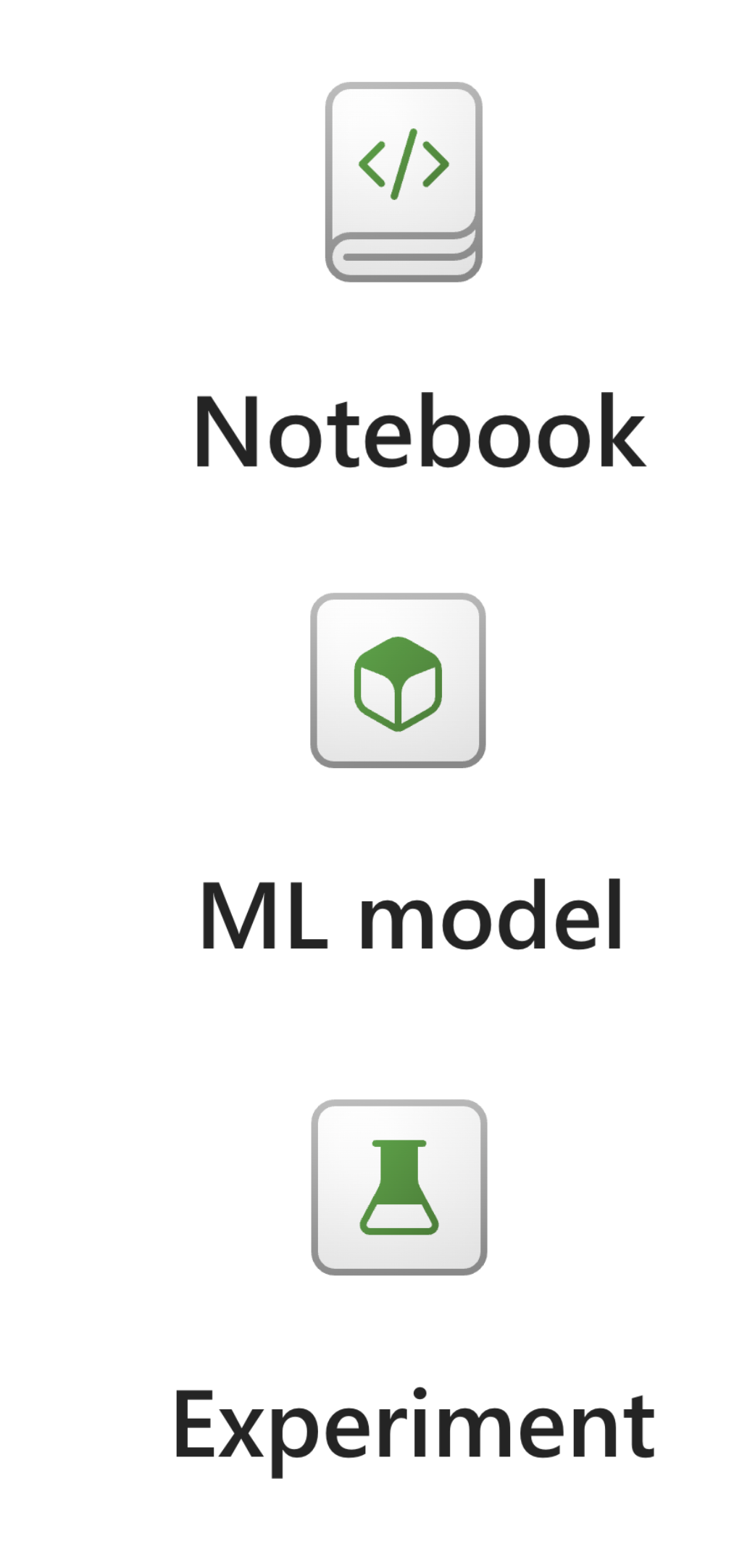
Power BI
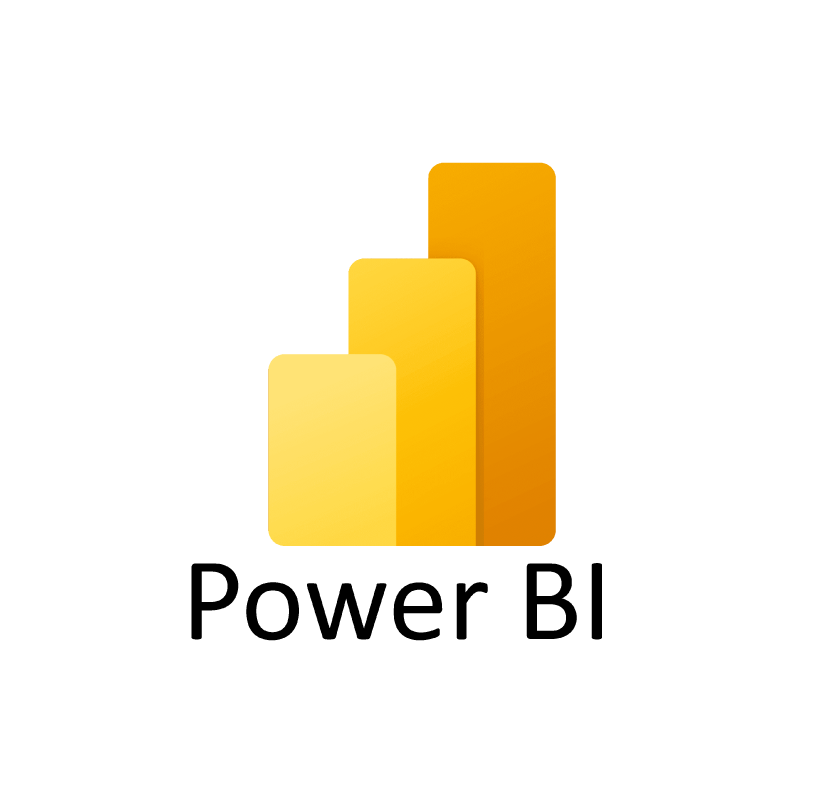
- Released in 2011, but integrated into Fabric environment.
- Used to create dashboards and visualizations to drive business impact
- Used by Business Intelligence Developers
- Pulls data from OneLake Lakehouses and Warehouses
Real Time Intelligence
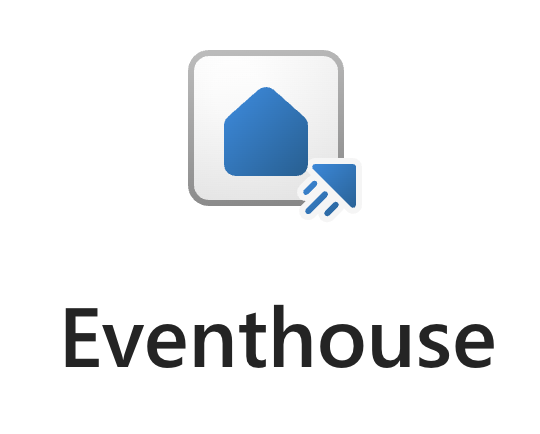
- Storage option built to handle real-time event streams
- Uses OneLake and the Delta-Parquet format, just like Lakehouses and Warehouses
Real Time Intelligence

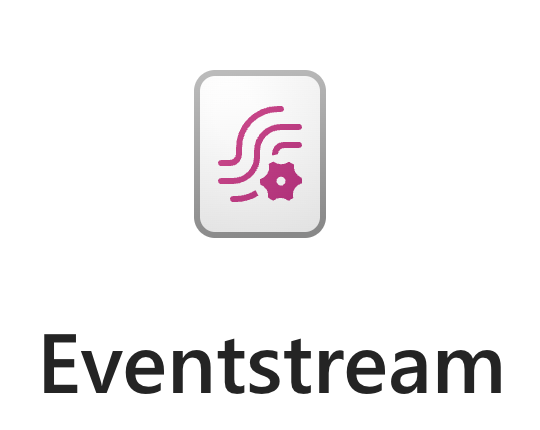
- Storage option built to handle real-time event streams
- Uses OneLake and the Delta-Parquet format, just like Lakehouses and Warehouses
- Ingests data in real time and routes it to an Eventhouse
- Similar to DataFlow, but for a stream of data
Real Time Intelligence
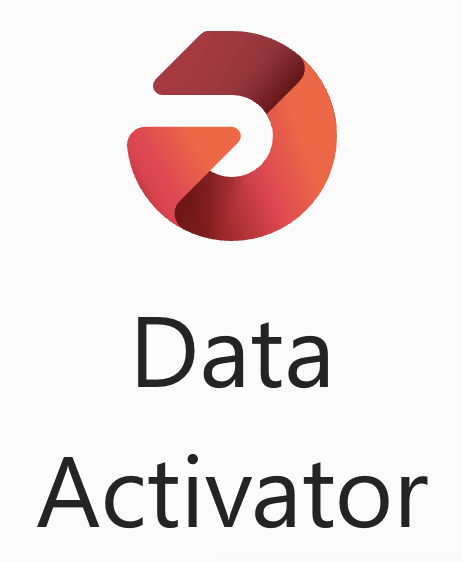
- Define actions to react to patterns or conditions that are detected in data
- For example,
- IoT tool monitors items in a physical warehouse
- Number of items passes a threshold; the warehouse is too full!
- An email to the manager is triggered using Activator
Industry Solutions

- Tools built for specific use cases like working with retail or governance data.
Let's practice!
Introduction to Microsoft Fabric

